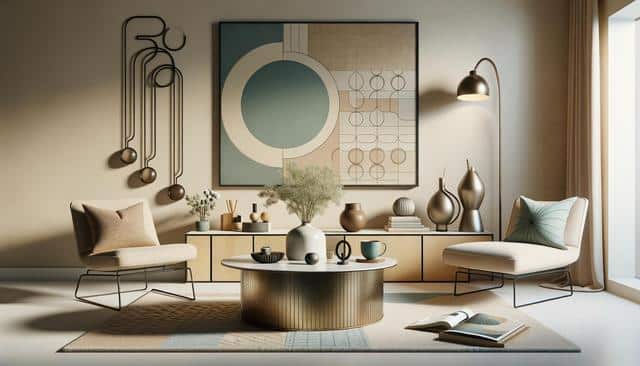Understanding Your Personal Style
The first step in enhancing your home’s style is to understand your personal aesthetic preferences. Identifying what you truly love in terms of design will guide your choices and help create a cohesive look throughout your home. Consider creating a mood board by collecting images, colors, and materials that speak to you. This visual representation can assist in pinpointing your style, whether it’s modern, traditional, bohemian, or eclectic. Additionally, think about the purpose and functionality of the spaces within your home. A well-thought-out design not only looks good but also serves your lifestyle needs effectively.
Color and Texture
Color and texture play vital roles in any interior design scheme. When selecting a color palette, consider shades that not only complement each other but also reflect your personality. Neutral tones can create a calming atmosphere, while bold colors add vibrancy and energy. Incorporating various textures through fabrics, such as plush rugs, velvet cushions, or woven baskets, adds depth and dimension to a room. Mixing different materials like wood, metal, and glass can also create a dynamic and engaging environment. This combination of elements can transform a simple space into a stylish retreat.
Lighting as a Style Element
Lighting is often an overlooked element in interior design, yet it has the power to dramatically alter the ambiance of a room. Incorporate a variety of lighting sources to enhance your home’s style. Layered lighting, which includes ambient, task, and accent lighting, can provide a room with flexibility and depth. Pendant lights over a dining table, floor lamps in living areas, and under-cabinet lighting in kitchens are excellent ways to use lighting as a design feature. Additionally, consider installing dimmer switches to adjust light levels according to different times of day or activities.
Choosing the Right Furniture
Furniture is a fundamental component of your home’s style. When choosing pieces, prioritize quality and functionality. Look for furniture that complements your style and fits well within the space. It’s essential to select sizes and shapes that harmonize with the room’s scale and layout. For instance, a large sectional sofa may suit a spacious living room, while a more compact loveseat could be ideal for a smaller space. Remember, furniture should not only be aesthetically pleasing but also practical and comfortable for everyday use.
Accessorizing Thoughtfully
Accessories are the finishing touches that bring your home’s style to life. They can reflect your personality and interests, making your space uniquely yours. Consider the following when accessorizing your home:
- Artwork: Select pieces that resonate with you and complement the room’s color scheme.
- Plants: Introduce greenery to add vitality and freshness to your interior.
- Mirrors: Use mirrors strategically to enhance natural light and create the illusion of more space.
- Cushions and Throws: Rotate seasonally to keep your decor feeling fresh and dynamic.
Thoughtful accessorizing can elevate a room from functional to fabulous, creating a space that feels complete and inviting.
Conclusion
Enhancing your home’s style is an ongoing journey that involves expressing your personal taste while ensuring aesthetic coherence throughout your space. By understanding your style preferences, utilizing color and texture effectively, incorporating varied lighting, selecting the right furniture, and accessorizing thoughtfully, you can transform your home into a stylish sanctuary that reflects your personality and meets your practical needs. Embrace the process as an opportunity to create an environment that not only looks beautiful but also feels like home.
